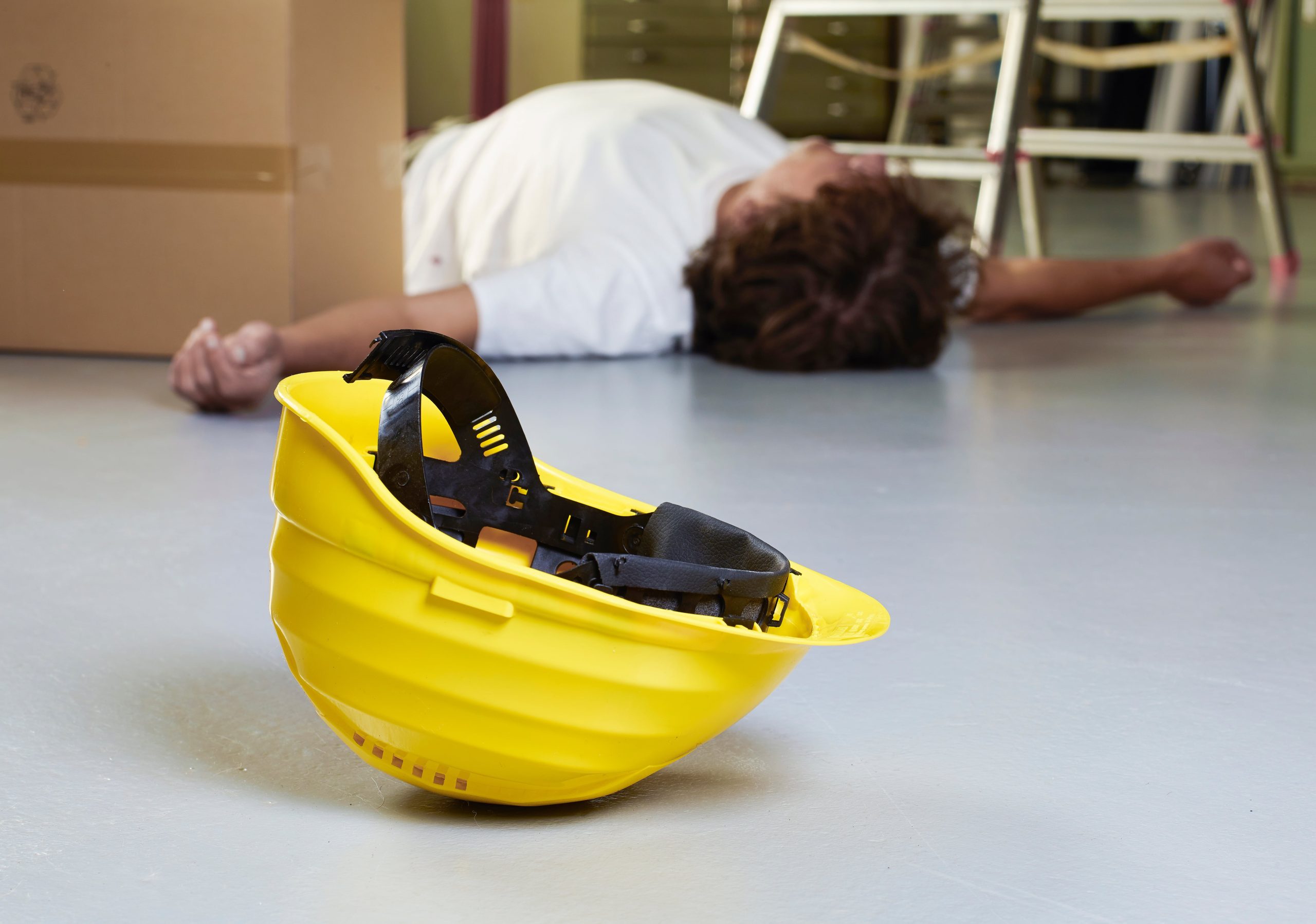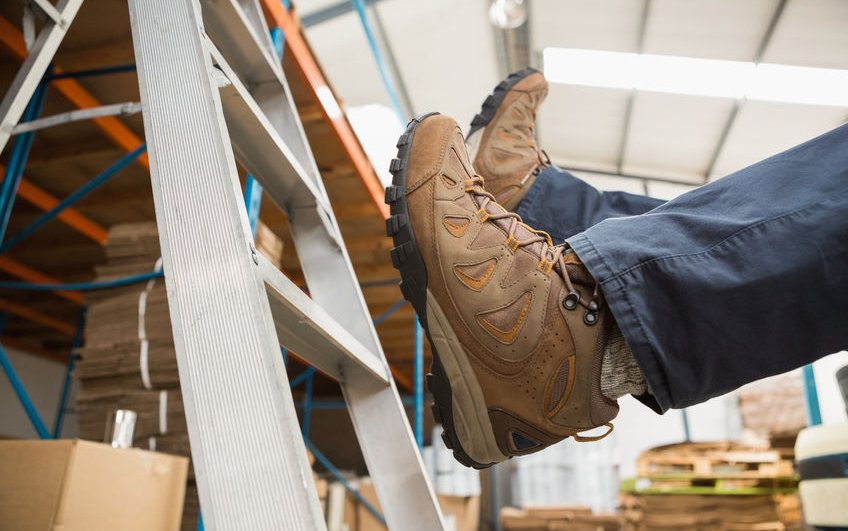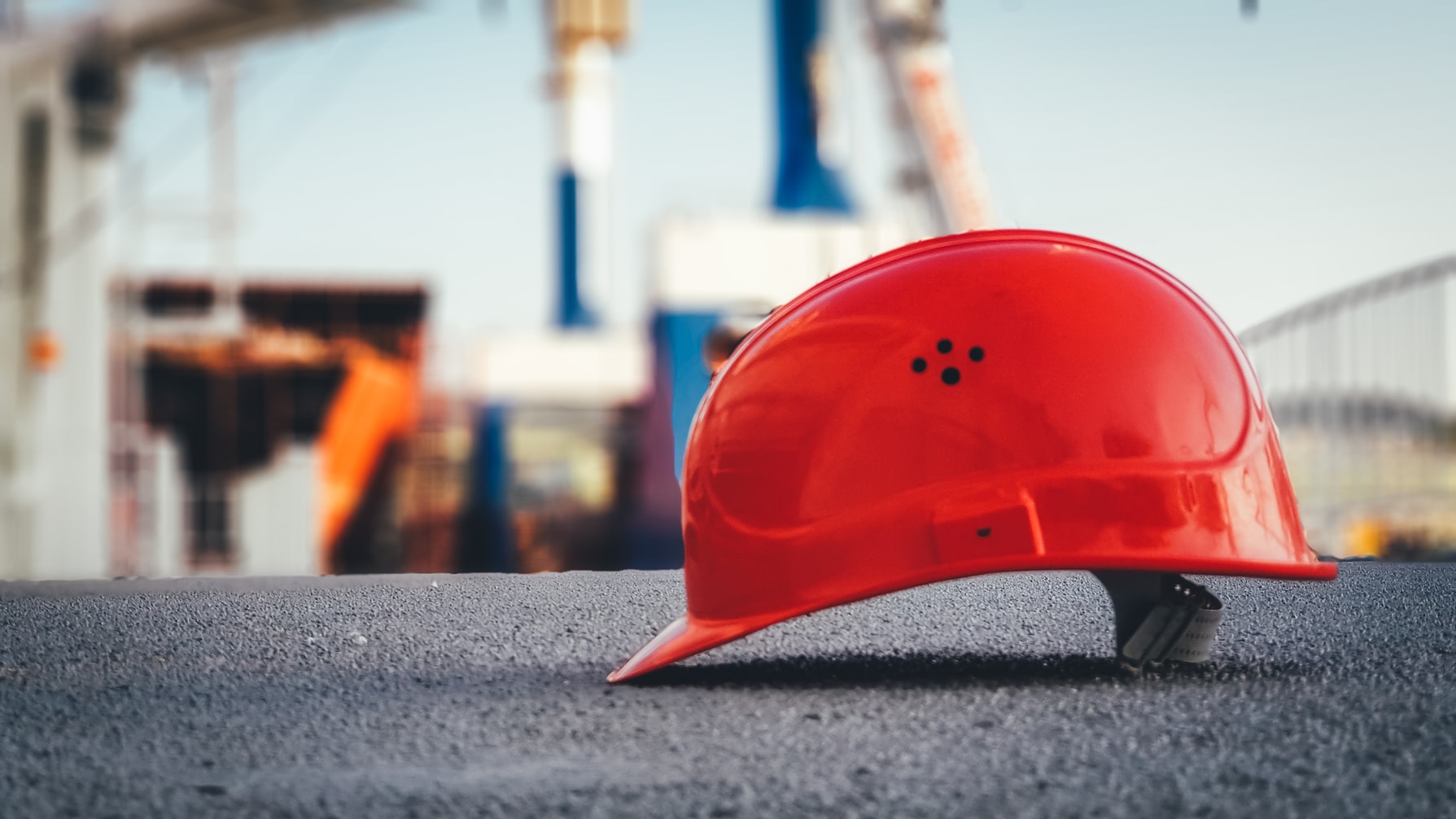BLOG
Recent cases highlight continued work at height failings
Written on 6 May 2022

Working at height continues to be the leading cause of work-related fatality. According to most recent HSE figures, these sorts of accidents accounted for 35 of the 142 fatal injuries to UK workers in 2020/21 (25%), with a five-year average of 34 fatal injuries per year. They also accounted for 8% of employee-reported non-fatal injuries last year.
Common causes of falling from height typically include using ladders incorrectly, standing on unsecure platforms and/or a lack of proper equipment.
Unfortunately, progress is slow. In 2019, due to concerns over the increase in the number of fall-from-height fatalities, the All-Party Parliamentary Group published a report entitled Staying Alive: Preventing Serious Injury and Fatality while Working at Height, in which it examined the reasons behind falls from height accidents in the workplace with the aim of finding the root causes. It identified several contributing factors, including employee culture and complacency, a lack of planning and understanding, and training inadequacies.
Despite shining a light on these underlying issues, the first quarter of 2022 has seen several health and safety prosecutions involving falls from height – indicating that many employers are still failing to carry out suitable risk assessments and implement the necessary precautions.
What is 'work at height'?
Do you need support?
Speak to us for an honest, no obligation chat on:
0345 226 8393 Lines are open 9am – 5pm
Falls from height 2022: Recent prosecutions
Already in 2022, there have been a number of prosecutions brought against employers for failing to properly protect people against the risks of working from height.
In one such case, a school was fined after a teaching assistant fell through a fragile ceiling. The worker had been searching for a spare desk in the school hall loft. HSE investigators found the teaching assistant had fallen due to the loft space being only partially boarded. Todmorden Church of England Junior Infants School pleaded guilty to breaching the Work at Height Regulations 2005. It was fined £4,000 and ordered to pay £747 in costs. The HSE said that the school “failed to take suitable and sufficient measures to prevent events”.
In a second case, a housing company was heavily fined after an agency worker was seriously injured in a ladder fall. The worker had been removing beading to an external first floor window. An investigation by the HSE found the company had failed to properly plan, supervise and carry out the work at height. Thirteen Housing Group pleaded guilty to breaching the Work at Height Regulations. It was fined £50,000 and ordered to pay costs of £7,327. In an all too familiar comment, the HSE said “This incident could have been prevented had the company properly planned the work at height. This would have included the use of reasonably practicable measures such as mobile tower scaffolds”.
A jam and preserve manufacturer was also fined after a worker fell from a ladder. The worker was installing a security camera using an unsecured ladder. It slipped and the worker fell some 15 feet. Again, the HSE’s investigation discovered that the work at height had not been properly planned and alternative access equipment to allow safe working at height had not been considered. To compound matters, the worker had not received training in relation to work at height and the company had failed to effectively monitor its work at height practices, even though shortcomings in procedures had previously been identified. The Clarendon Food Company Limited pleaded guilty to breaching the Health and Safety at Work etc Act 1974 (HSWA). It was fined £40,000 and ordered to pay costs of £5,344. The HSE said: “Those in control of work at height have a responsibility to properly plan and supervise the work to ensure suitable equipment is selected. They also should provide the necessary information, instruction and training to workers”. It added: “This incident could have been avoided if it had been risk assessed, planned and suitable equipment selected”.
In yet another avoidable and tragic incident, a transport and haulage company worker was fatally injured after falling from the rear of a shipping container. The employee had been unloading goods from inside the container, which was on the back of a vehicle trailer. Although the company had various generic risk assessments and safe working method statements, the HSE’s investigation found it had not put in place controls to prevent or mitigate a fall from the rear of the container. It also failed to carry out a suitable or sufficient risk assessment for the specific work activity. JR Adams (Newcastle) Limited pleaded guilty to breaching the HSWA. It was fined £200,000 and ordered to pay costs of £15,322. The HSE said the death “could have very easily been avoided had the company recognised the risk of a fall from the container when unloading and put in place simple and easily available controls”.

HSE
What are employers required to do?
To comply with the Work at Height Regulations 2005, employers must make sure that work at height is properly planned and supervised. You must also ensure that it’s carried out by competent people with the skills, knowledge and experience to do the job, and that the right type of equipment for working at height is used.
The risks of work at height must be assessed and any necessary fall prevention measures put in place. Factors to be weighed up include the height of the task, the duration and frequency, and the condition of the surface being worked on. Before working at height, consider these simple controls:
- Avoid work at height where it’s reasonably practicable to do so.
- Where work at height cannot be easily avoided, prevent falls using either an existing place of work that is already safe or the right type of equipment.
- Minimise the distance and consequences of a fall, by using the right type of equipment.
Some simple dos and don'ts of working at height
You should…
- Do as much work as possible from the ground.
- Ensure workers can get safely to and from where they work at height.
- Ensure equipment is suitable, stable and strong enough for the job, maintained and checked regularly.
- Ensure workers don’t overload or overreach when working at height.
- Take precautions when working on or near fragile surfaces.
- Provide protection from falling objects.
- Consider your emergency evacuation and rescue procedures.
You should not…
- Overload ladders. Consider the equipment or materials workers are carrying before working at height, and never rest a ladder against weak upper surfaces.
- Use ladders or stepladders for strenuous or heavy tasks – only use them for light work of short duration (maximum of 30 minutes).
- Let anyone who doesn’t have the skills, knowledge and experience to do the job work at height.
The HSE’s website provides further practical advice on how to comply with the work at height law. It also contains useful links to industry-specific guidance.
Related Content
Protect your people and your business with WorkNest
The above cases highlight that accidents in the workplace are often wholly preventable, thereby emphasising the importance of good health and safety management.
WorkNest helps employers to take a proactive approach to safety and compliance, minimising the potential for incidents through dedicated consultant support, on-site audits and real-time risk management software.
To find out how our fixed-fee service can support you to manage all workplace risks, including falls from height, get in touch with our team on 0345 226 8393 or request your free consultation using the button below.









